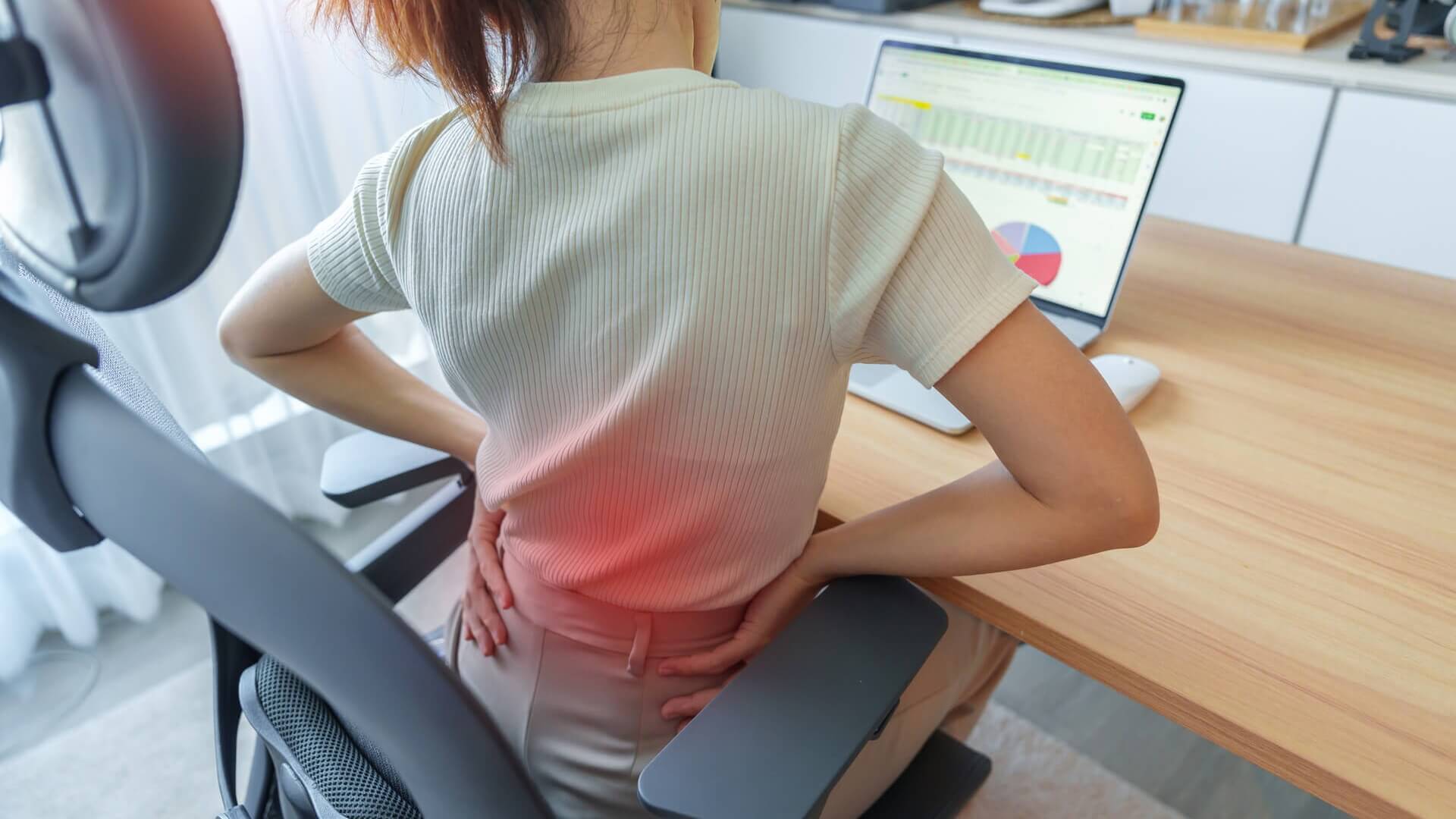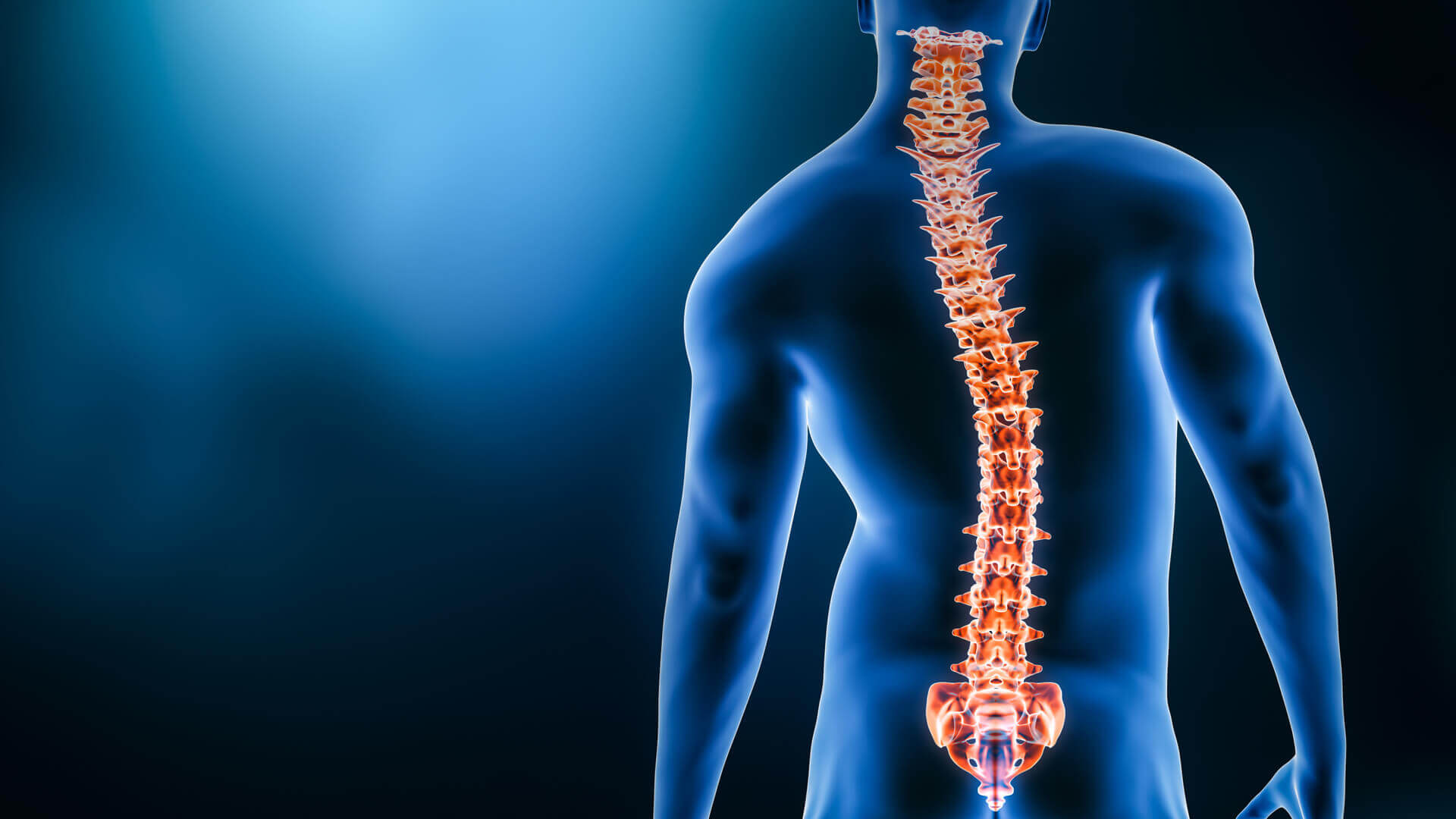Mindfulness and relaxation techniques
Treating Scoliosis discusses that managing the physical aspects of scoliosis is important, but taking care of your mental health is equally essential.
Living with a long-term condition can be stressful, so incorporating mindfulness practices like meditation or deep breathing exercises can help you cope with both pain and stress.
Mindfulness encourages you to stay present, helping to calm your mind and reduce tension in your body. Progressive muscle relaxation, where you tense and then relax different muscle groups, can be particularly effective for easing tightness in your back and shoulders.
Supporting mental health through accessible wellness programs can make a big difference for people living with scoliosis, promoting both physical and emotional wellbeing.
Balanced diet and hydration
According to Treating Scoliosis, what you eat can play a big role in how you feel. Including anti-inflammatory foods—such as leafy greens, berries, and nuts—into your diet can help reduce inflammation, easing some of the discomfort caused by scoliosis. Maintaining a balanced, nutrient-rich diet supports overall health, keeping your muscles and bones strong.
Staying hydrated is equally important. When your body is well-hydrated, your muscles function better, which can reduce some of the strain on your spine.
Pain management techniques
To manage scoliosis pain, Treating Scoliosis suggests heat and cold therapy can be effective. Applying heat helps relax stiff muscles, while cold packs can reduce inflammation and numb sharp pain. Experiment with both to see which works best for you.
Over-the-counter pain medications may also help, but make sure you consult your doctor before taking anything. They’ll be able to guide you toward the safest and most effective options.
If you experience pain you think is related to scoliosis, always consult a healthcare professional to get the right treatment.
Support and bracing
According to Spine Health, in some cases, a healthcare provider may suggest wearing a back brace to help manage scoliosis, particularly for children and teens who are still growing. Braces help maintain proper spinal alignment and can prevent the curve from worsening.
If you’re prescribed a brace, make sure it’s fitted properly by a professional to ensure it provides the right support without being uncomfortable or restrictive. A good fit is key to the brace’s effectiveness and your comfort.






